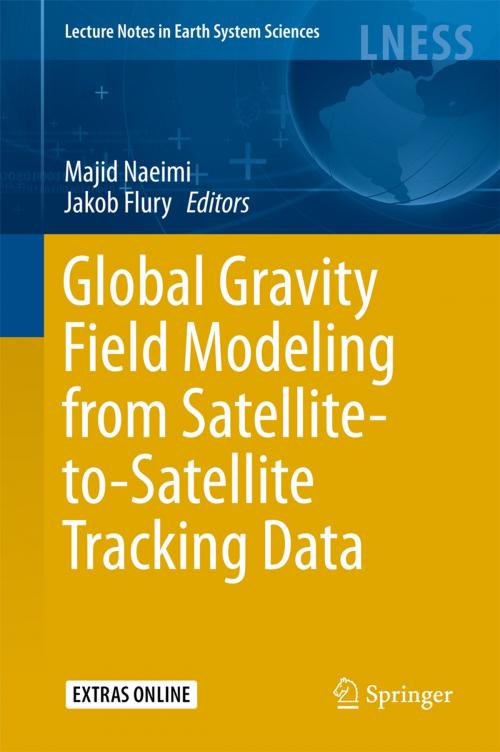Global Gravity Field Modeling from Satellite-to-Satellite Tracking Data
Nonfiction, Science & Nature, Science, Earth Sciences, Geophysics, Geography| Author: | ISBN: | 9783319499413 | |
| Publisher: | Springer International Publishing | Publication: | February 10, 2017 |
| Imprint: | Springer | Language: | English |
| Author: | |
| ISBN: | 9783319499413 |
| Publisher: | Springer International Publishing |
| Publication: | February 10, 2017 |
| Imprint: | Springer |
| Language: | English |
This book provides a sound theoretical basis for the the different gravity field recovery methods and the numerics of satellite-to-satellite tracking data. It represents lectures given at the ‘Wilhelm and Else Heraeus Autumn School’ in Bad Honnef, Germany, October 4-9, 2015. The emphasis of the school was on providing a sound theoretical basis for the different gravity field recovery methods and the numerics of data analysis. The approaches covered here are the variational equations (classical approach), the acceleration approach and the energy balance approach, all of which are used for global gravity field recovery on the basis of satellite observations. The theory of parameter estimation in satellite gravimetry and concepts for orbit determination are also included.
The book guides readers through a broad range of topics in satellite gravimetry, supplemented by the necessary theoretical background and numerical examples. While it provides a comprehensive overview for those readers who are already familiar with satellite gravity data processing, it also offers an essential reference guide for graduate and undergraduate students interested in this field.
This book provides a sound theoretical basis for the the different gravity field recovery methods and the numerics of satellite-to-satellite tracking data. It represents lectures given at the ‘Wilhelm and Else Heraeus Autumn School’ in Bad Honnef, Germany, October 4-9, 2015. The emphasis of the school was on providing a sound theoretical basis for the different gravity field recovery methods and the numerics of data analysis. The approaches covered here are the variational equations (classical approach), the acceleration approach and the energy balance approach, all of which are used for global gravity field recovery on the basis of satellite observations. The theory of parameter estimation in satellite gravimetry and concepts for orbit determination are also included.
The book guides readers through a broad range of topics in satellite gravimetry, supplemented by the necessary theoretical background and numerical examples. While it provides a comprehensive overview for those readers who are already familiar with satellite gravity data processing, it also offers an essential reference guide for graduate and undergraduate students interested in this field.















